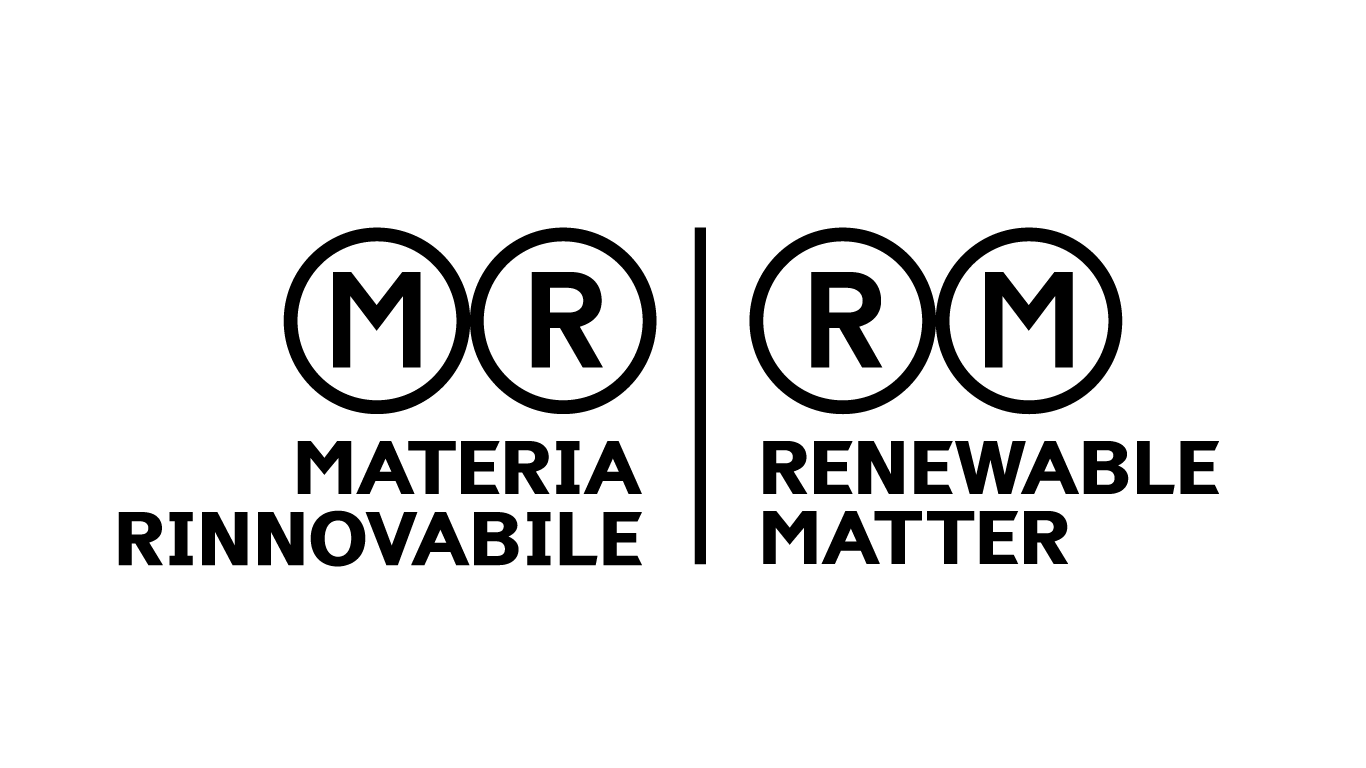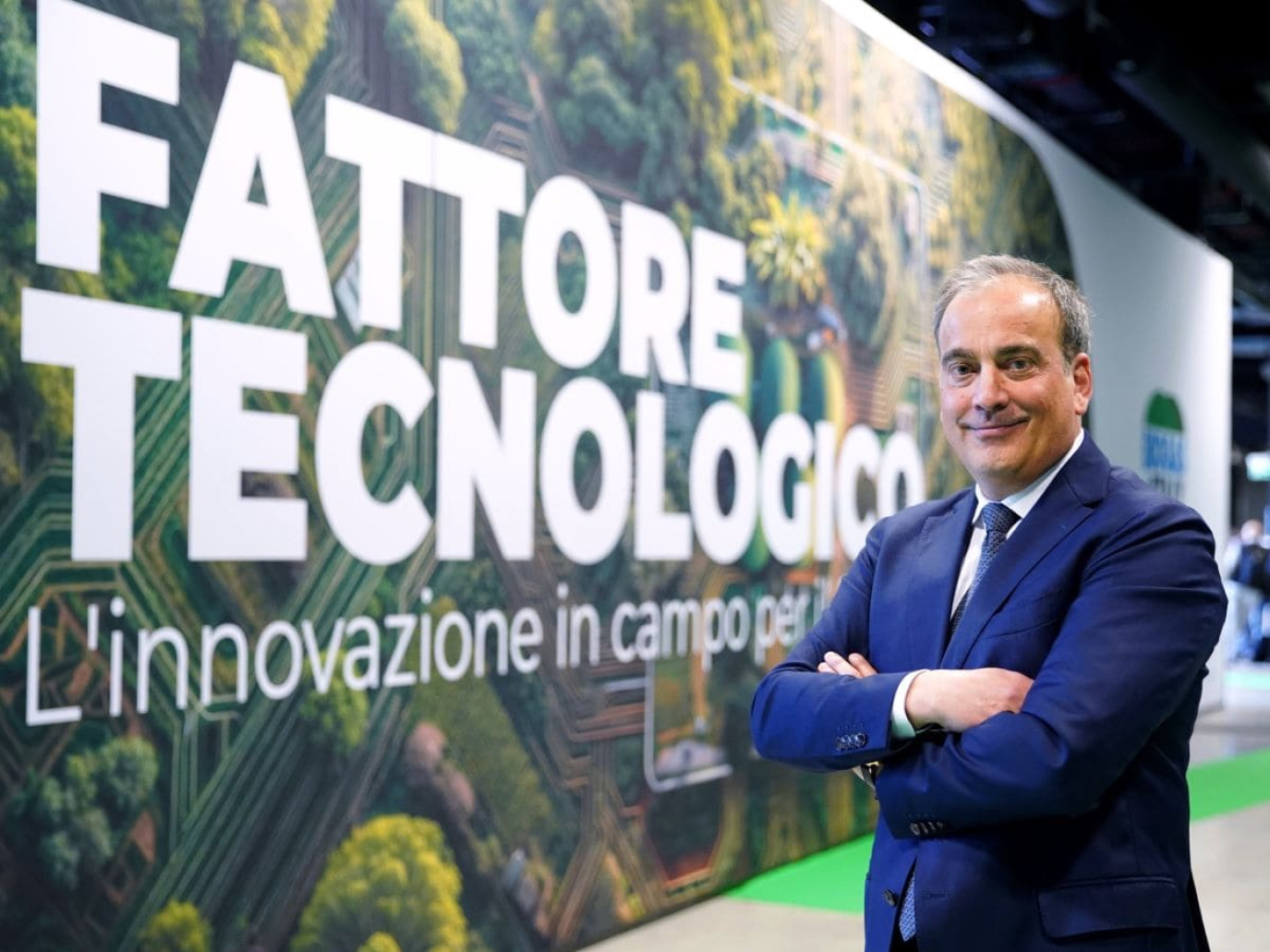
"Although attention at European level has somewhat shifted from climate issues to energy security, the climate objective remains central. In this sense, even the biological CO₂ produced by our plants represents a resource to be harnessed, within the framework of the future Italian decree on carbon storage.” This is how Piero Gattoni, president of the Italian Biogas Consortium (CIB) and, since last May, also head of the European Biogas Association (EBA), sums up the current state of the biogas and biomethane sector to Renewable Matter.
An evolution intertwining energy transition, strategic autonomy and agricultural sustainability. From its origins, linked to the production of renewable electrical and thermal energy, the sector has gradually moved towards the new frontiers of biomethane. Produced from biogas, it is a renewable gas with the same characteristics as fossil methane, ready to be fed into the networks and used in transport or industrial districts. Italy has thereby built a model that now places it at the top of the European rankings. But the challenge, warns Gattoni, has barely started: continuity, new tools and a broader vision are needed to put agriculture at the centre of the transition.
President Gattoni, let's start with some biogas data. Where does Italy stand today?
We are the fourth-largest producer worldwide and the second-largest in Europe after Germany. Initial development focused on the production of biogas to generate renewable electricity and heat through co-generation, with a model strongly related to the agricultural and agro-industrial sector. Currently, two-thirds of national production comes from the agricultural sector and one-third from waste.
In recent years, however, the focus of incentives has been on biomethane.
Yes, in 2013, the first legislation defining guidelines for the development of biomethane was introduced, subsequently reflected in two support decrees: one in 2018 and the next in 2022, as part of the PNRR (National Recovery and Resilience Plan). These measures have led to the production of approximately 700 million cubic metres of biomethane per year, with a projection of one billion. The goal was to completely decarbonise the share of natural gas used in transport, which is approximately one billion cubic metres.
The government then confirmed in the Integrated National Energy and Climate Plan (PNIEC) the goal of reaching a production of 5 billion cubic metres by 2030. Is this target realistic?
Italy ranks among the European countries that are most advanced in developing this technology, thanks in part to the presence of well-established supply chains: circular management of organic waste and industrial supply chains associated with technology, components, transport and distribution of natural gas. In addition to this, there is also the agricultural supply chain, a fundamental pillar in the development planning of countries' systems and, for our country, a strategic element in achieving the objectives of the PNIEC (National Plan for the Transition to a Low-Carbon Economy). This is also demonstrated by the results of the PNRR (National Recovery and Resilience Plan) biomethane tenders, where the primary sector is leading the development of the sector, contributing to the country's ecological transition. In 2022, a further step ahead was taken with the development of biomethane production for the industrial sector, thanks to an incentive scheme designed to encourage its use in paper, ceramics, steel and chemical production districts, i.e. in those sectors that cannot completely electrify their processes. The target set by the PNRR was to reach 2 billion cubic metres of biomethane, but the implementation of the measure is currently delayed for various reasons, mainly linked to the changed geopolitical context.
What is the priority today?
We need to understand how the Government and the Ministry will manage to renegotiate the Recovery Plan, given that several of the targets set for renewable energy production are also part of the broader European defence strategy. These are targets that the EU Commission has no difficulty in maintaining unchanged. We welcome the confirmation from the control room that renewable energy communities, photovoltaics and biomethane remain among the measures in which the government intends to invest and devote significant resources. Discussions are underway on the technical tools needed to shift these resources towards financial measures that will allow more time beyond the 30 June deadline to make PNRR investments.
And what about the post-PNRR situation?
We need to start working now on a new measure towards 2030-2032, with a time frame of four or five years: this is what the sector really needs to consolidate growth and strengthen the country's infrastructure. The potential for sustainable biomass is widely available, the technology is now ready, and we have learned that these investments are feasible.
And besides investments? What's missing from the recipe?
Anaerobic digestion and, in general, the bioeconomy must find a balance and develop in line with local needs: this is why it is essential for the agricultural and industrial sectors to work together. As a consortium, we began talking about “well-made biogas” ten years ago: the idea that anaerobic digestion is a technology capable of producing not only renewable energy, but also added value. Digestate is the key to this vision. As it is not a combustion process but a biological digestion process, the end result is a by-product that is, to all intents and purposes, an organic fertiliser. This allows organic matter and nutrients to be returned to the soil, improving fertility and productivity sustainably. In Italy, much work has been done in this direction and a measure has been approved that formally equates it with organic fertiliser. This measure, nonetheless, has yet to receive final approval from the European Commission, as it falls within the framework of the Nitrates Directive, which is particularly stringent for Member States.
Speaking of Europe, in May you were appointed president of the European Biogas Association. What are the priorities for this term of office?
European confrontation is becoming increasingly crucial. The priority of the new Executive Committee is to strengthen the association so that it promotes more investment and fewer targets. In recent years, there has been much talk at the European level about objectives, but now practical action is needed to remove the obstacles that still hinder the development of biomethane, from the authorisation phase to the possibility of using biomass. It is necessary to simplify and restore the agricultural sector to its rightful place at the heart of the bioeconomy.
Increasing the share of stable organic carbon in the soil, however, remains one of the most complex challenges of the agricultural transition. How are you addressing this goal?
Carbon farming, in Italian and European strategies, represents a field in which agriculture can play a fundamental role, especially with regard to CO₂ storage and overall cuts in emissions. It is important that European policies and their translation at the national level recognise the positive externalities generated by these practices for farmers. This is an advanced frontier of regulation. The path is now open: scientific research provides solid data to support these practices, and new regulations are emerging, such as the Italian draft enabling law on CCS (Carbon Capture and Storage). It could become a significant component of a circular carbon economy.
Cover: Piero Gattoni, photo by CIB



